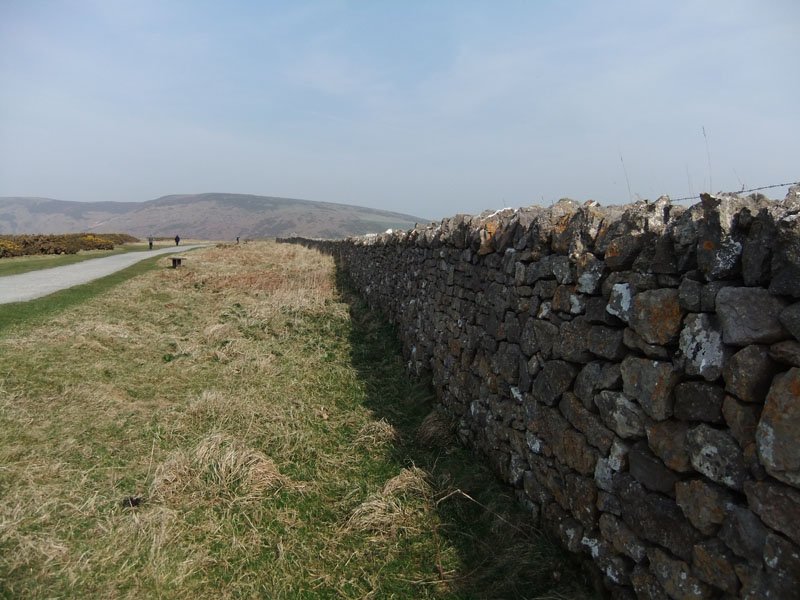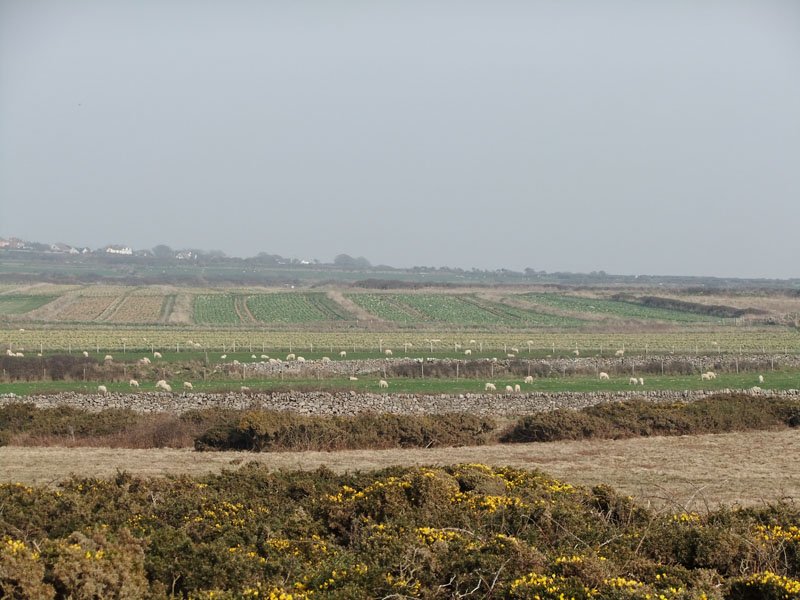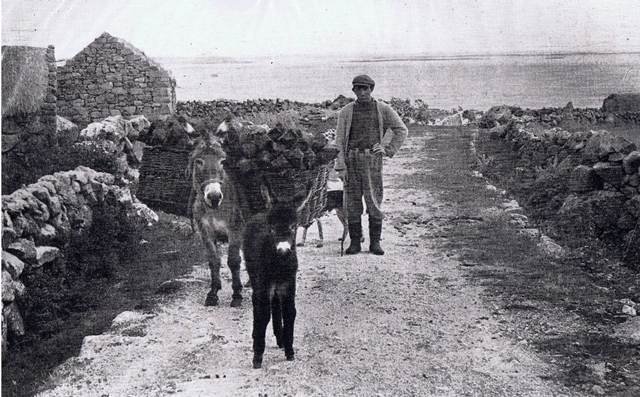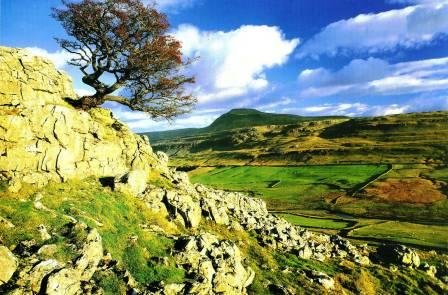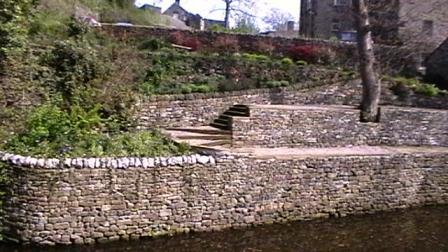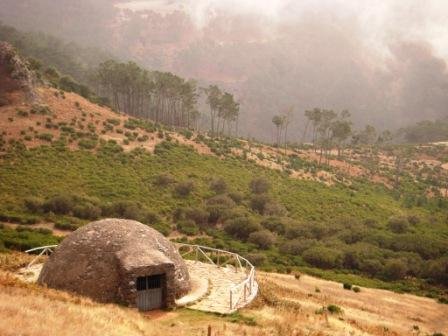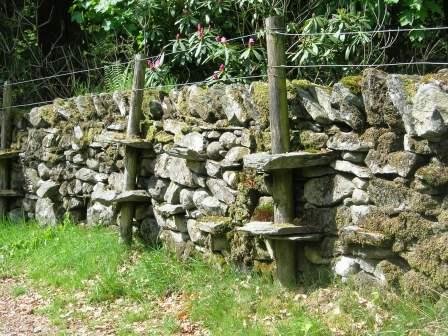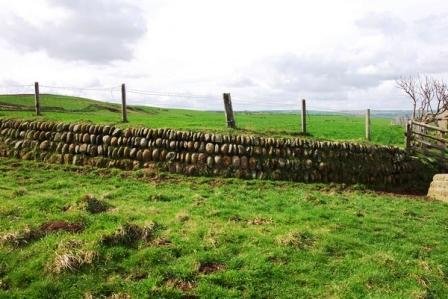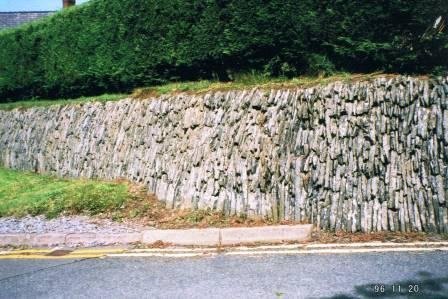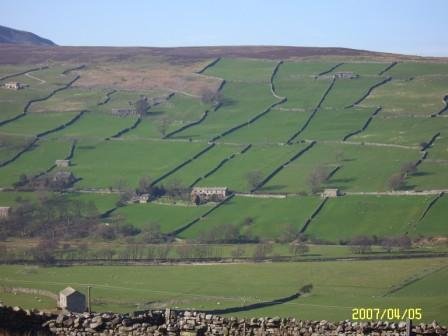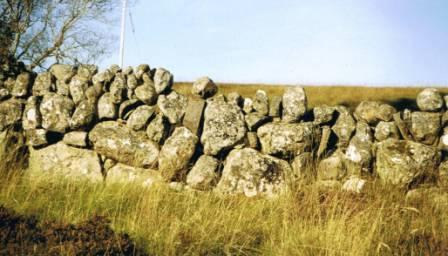More walls in the landscape
Stone walls at Rhosilli, Gower, South Wales - these snaps of coastal dry stone walling were snapped at the village of Rhosilli in the Gower Peninsula. The Gower is a region just south of Swansea and was the first region in the United Kingdom to become an Area of Outstanding Natural Beauty, in the 1940s (Euan Raffel)
Stone walls at Rhosilli, Gower, South Wales - these snaps of coastal dry stone walling were snapped at the village of Rhosilli in the Gower Peninsula. The Gower is a region just south of Swansea and was the first region in the United Kingdom to become an Area of Outstanding Natural Beauty, in the 1940s (Euan Raffel)
Stone walls at Rhosilli, Gower, South Wales - these snaps of coastal dry stone walling were snapped at the village of Rhosilli in the Gower Peninsula. The Gower is a region just south of Swansea and was the first region in the United Kingdom to become an Area of Outstanding Natural Beauty, in the 1940s (Euan Raffel)
Jervaulx Abbey, North Yorkshire
Jervaulx Abbey, North Yorkshire
Typical stonescape, Connemara, Ireland
Dun Troddan and Dun Telve (Pictish Brochs), Glenelg, Scottish Highlands
Dun Troddan and Dun Telve (Pictish Brochs), Glenelg, Scottish Highlands
Dun Troddan and Dun Telve (Pictish Brochs), Glenelg, Scottish Highlands
Dun Troddan and Dun Telve (Pictish Brochs), Glenelg, Scottish Highlands
Dun Troddan and Dun Telve (Pictish Brochs), Glenelg, Scottish Highlands
Dun Troddan and Dun Telve (Pictish Brochs), Glenelg, Scottish Highlands
Dun Troddan and Dun Telve (Pictish Brochs), Glenelg, Scottish Highlands
Dun Troddan and Dun Telve (Pictish Brochs), Glenelg, Scottish Highlands
Dun Troddan and Dun Telve (Pictish Brochs), Glenelg, Scottish Highlands
Dun Troddan and Dun Telve (Pictish Brochs), Glenelg, Scottish Highlands
Dun Troddan and Dun Telve (Pictish Brochs), Glenelg, Scottish Highlands
Dun Troddan and Dun Telve (Pictish Brochs), Glenelg, Scottish Highlands
Dun Troddan and Dun Telve (Pictish Brochs), Glenelg, Scottish Highlands
Dun Troddan and Dun Telve (Pictish Brochs), Glenelg, Scottish Highlands
Dun Troddan and Dun Telve (Pictish Brochs), Glenelg, Scottish Highlands
Dun Troddan and Dun Telve (Pictish Brochs), Glenelg, Scottish Highlands
Kos, Greece
Ha-ha at Gibside Hall, Rowlands Gill, County Durham - a ha-ha, or sunken fence is a type of boundary designed not to interrupt the view. It is not noticable until closely approached. A ha-ha consists of a trench. The inner side of the trench is vertical, and faced with stone, while the outer side is sloped and turfed
Ha-ha at Gibside Hall, Rowlands Gill, County Durham - a ha-ha, or sunken fence is a type of boundary designed not to interrupt the view. It is not noticable until closely approached. A ha-ha consists of a trench. The inner side of the trench is vertical, and faced with stone, while the outer side is sloped and turfed
Ingleborough from Twistleton Scars, North Yorkshire
Menorca, Spain
Menorca, Spain
Menorca, Spain
Menorca, Spain
Menorca, Spain
Menorca, Spain
Skipton, North Yorkshire - Skipton canal side - how was this built?
Mourne Mountains, County Down
Mourne Mountains, County Down
Mourne Mountains, County Down
Poco da Neve ice house, Madeira - old ice house on Madeira. Built at the turn of the 20th century before the invention of freezers and refrigerators, the Mountainside structure would be stocked up in the winter, and the ice blocks would be sold in the coastal villages all during the summer.
Grasmere, Cumbria - an inventive way of fixing fenceposts to a wall using throughs for fixing. Spotted on a wall alongside the bridleway leading from the top of Red Bank to Loughrigg Terrace near Grasmere
Runswick Bay, North Yorkshire - spotted on a walk near the Roman Signalling Station above Runswick Bay, North Yorkshire coast. An unusual method of construction for this part of the country
Askrigg, Wensleydale
Askrigg, Wensleydale
Cilgerran, South Wales - vertical slate stone hedge with turf topping
Reeth, Wensleydale - typical rural landscape in the Yorkshire Dales are dominated by dry stone walled enclosures, scattered barns and farms
Neolithic Village of Scara Brae, Orkney - regarded as one of the most remarkable monuments in Europe, the site was discovered in the winter of 1850 following a great storm which battered the island. Fierce winds and extremely high tides stripped the grass from the large mound known as Skerrabra. Several stone buildings have been unearthed in subsequent excavations, and now survives as eight dwellings, linked together by a series of low alleyways. Radiocarbon dating has shown the settlement dates from the Late Neolithic period, and was actually inhabited between 3200BC and 2200BC. Because of the protective cocoon offered by the sand covering the settlement for 4000 years, the buildings and contents are incredibly well preserved, giving an unparalleled glimpse of life as it was in Neolithic Orkney, and an enduring testament to the stonewallers.
Neolithic Village of Scara Brae, Orkney - regarded as one of the most remarkable monuments in Europe, the site was discovered in the winter of 1850 following a great storm which battered the island. Fierce winds and extremely high tides stripped the grass from the large mound known as Skerrabra. Several stone buildings have been unearthed in subsequent excavations, and now survives as eight dwellings, linked together by a series of low alleyways. Radiocarbon dating has shown the settlement dates from the Late Neolithic period, and was actually inhabited between 3200BC and 2200BC. Because of the protective cocoon offered by the sand covering the settlement for 4000 years, the buildings and contents are incredibly well preserved, giving an unparalleled glimpse of life as it was in Neolithic Orkney, and an enduring testament to the stonewallers.
Neolithic Village of Scara Brae, Orkney - regarded as one of the most remarkable monuments in Europe, the site was discovered in the winter of 1850 following a great storm which battered the island. Fierce winds and extremely high tides stripped the grass from the large mound known as Skerrabra. Several stone buildings have been unearthed in subsequent excavations, and now survives as eight dwellings, linked together by a series of low alleyways. Radiocarbon dating has shown the settlement dates from the Late Neolithic period, and was actually inhabited between 3200BC and 2200BC. Because of the protective cocoon offered by the sand covering the settlement for 4000 years, the buildings and contents are incredibly well preserved, giving an unparalleled glimpse of life as it was in Neolithic Orkney, and an enduring testament to the stonewallers.
Wester Ross, Scotland
Wester Ross, Scotland
Wester Ross, Scotland

